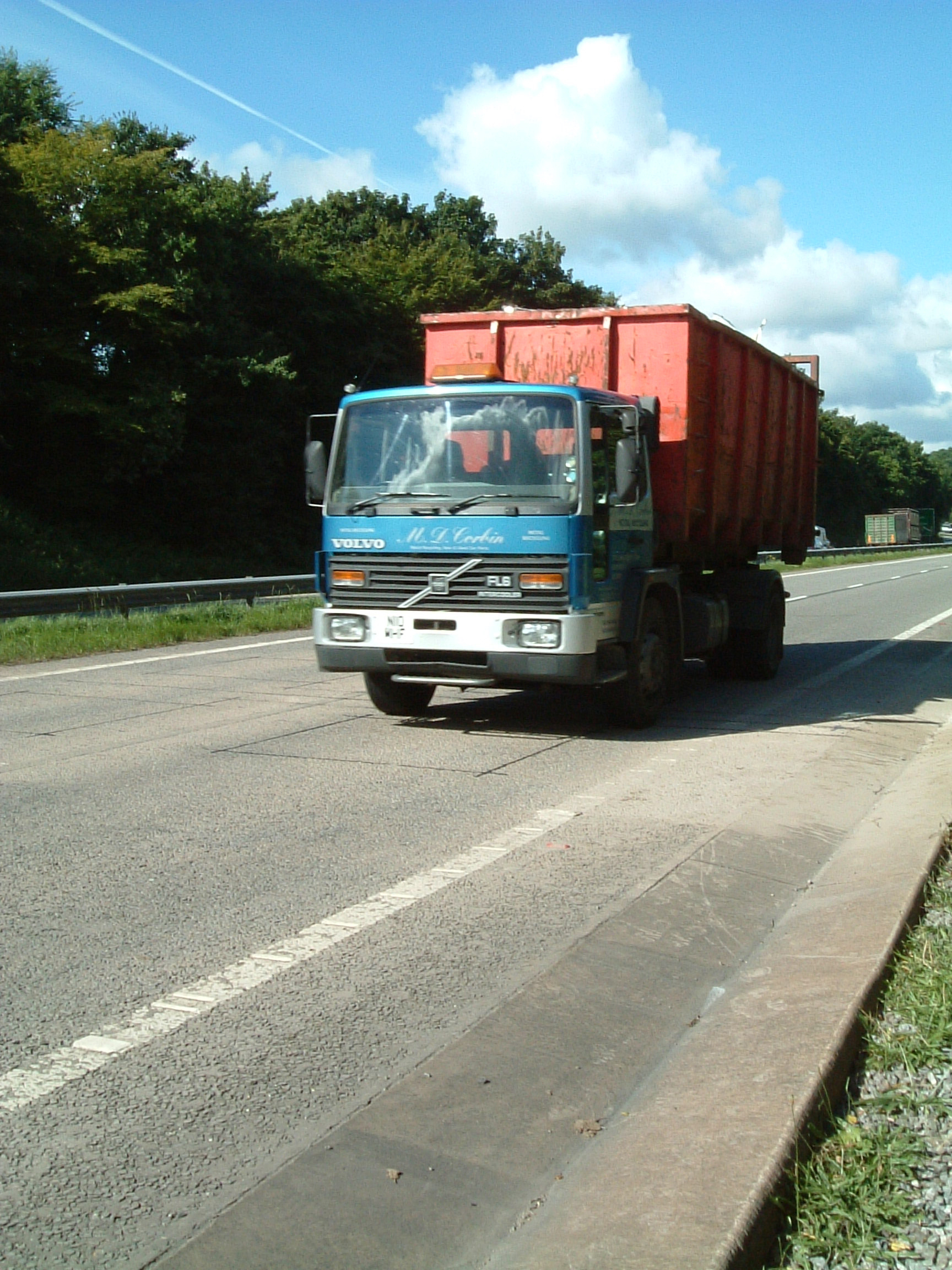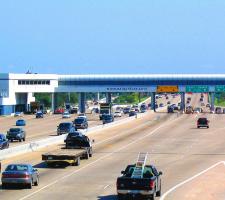
In-ground sensors remain the most accurate and cost-effective solution for axle-based classification, however there needs to be a better understanding of the advantages and limitations of all types of classification technologies
Class action In a previous article Bob Lees of
There is yet another consideration (or constraint) to throw into the mix: an aim of any vehicle classification criteria is fairness. Logically, a driver should contribute according to the wear and tear to the road surface which his or her vehicle inflicts, and perhaps proportionately for the economic benefit of using the facility. Tolling rates for older tolling schemes tended to be set at the local level and reflected what was locally politically acceptable. Operators of older schemes tended to have a lot more freedom. However, over the last decade or so, it has been the trend for tolling projects to be more reliant on bond financing with tolling schedules worked out up to 10-15 years ahead.
Standardising on a small number of technically achievable schedules where the technology options associated with the schedules are well understood and the revenue profiles well established could have advantages for all concerned in the tolling business.
Standards development
The proposal is to create and agree a set of accredited standards for classification criteria. This would serve several purposes, all of them positive. It would: reduce the cost to those charged with procuring new technology; reduce consultant/integrator costs by removing the need for some testing; and improve speed of deployment. In parallel with any move towards accreditation there needs to be an increased educational effort; for instance, it is no good having a tolling operator or its technical representative specify a classification regime which can only be served by induction loops only to then declare that in-ground sensors are undesirable. Obvious as that statement might seem, the truth is that this has already happened.Risk aversion
Back in the late 1990s/early 2000s, some of those responsible for specification and procurement routinely asked for the seemingly impossible. Challenging though this was for the equipment manufacturers, it at least had the benefit of driving innovation and the effect of bringing about some rather significant advances which might not otherwise have occurred. Innovation will continue, and technology providers will continue to try to gain market entry with new concepts and solutions, however, typically, current Requests for Proposals (RfPs) will now ask for reference sites both for the in/above-lane detection/classification technology and the back-end systems. This seems to be happening for a number of reasons. Firstly, there is a desire to de-risk and avoid getting bogged down in the developmental issues which typically accompany any first-of-a-kind installation. Secondly, there is a desire to install technology later and later in a project in the hope of the latest and best technologies proving themselves in someone else's installation first.Technical awareness
Classification technologies must be matched with the needs of the application and local conditions for successful deployment; the characteristics in terms of susceptibility to weather, costs of ownership, the suitability to the classification scheme in use, and other criteria all must be considered in addition to simple technical performance.In locations which experience regular problems with adverse weather, whether fog, rain or snow, overhead (vision-based) systems will struggle for significant periods of time. That might encourage selection of in-ground systems, which are immune to weather. However, robust as they are, these require lanes to be closed should repairs be needed. If the primary need is for axle classification, then in-ground sensors remain the most accurate and cost-effective solution. If, on the other hand, classification is going to be by vehicle profile then a vision-based system might be more appropriate, especially in a more benign climatic environment. One also has to consider the whole lifecycle cost since it is reasonable to expect that any equipment installation is going to last for many years.
Rather than specify the impossible and risk having to embarrassingly accept a performance shortfall, or specify only what is proven and miss out on the latest developments, it might be better to focus on desired outcomes rather than prescribed methods of doing things. It is here that the current approach to testing needs to be considered.
Testing
Automatic vehicle classification is a precise affair and in order to guarantee performance to specification in real-life conditions, there is limited value in test track performance testing.Test track testing should ideally be limited to system functional testing, with performance testing being carried out in real traffic conditions. Consultants, eager to demonstrate 'value' to their clients, can quite literally test systems to death. In doing so, they 'prove' that systems which are fully capable of meeting the requirements are not up to scratch. It can be a time-consuming and wasteful state of affairs, and it would be useful to the bidders if some idea of the testing regime likely to be encountered were included in future RfPs.
Video records of real traffic are commonly used as the baseline from which to assess detection and classification systems. Unfortunately, contrary to popular belief, video is not always an effective benchmarking medium for testing. Often, unless there is a comprehensive and expensive per-lane and cross-sectional installation, video review is less accurate than the systems whose veracity it is being used to assess. A complicated test rig also entails a huge analysis effort when many thousands of vehicles must be assessed. The analysis is in any case subjective, relying on human interpretation. Where, for instance, there is a need to confirm the presence or absence of a dual-tyre axle, the distinction will be very hard to make unless the video output is very clear indeed - a particular challenge in fast-moving traffic.
Alternative methodologies
In high-volume traffic environments verification by exception makes a great deal of sense; in an axle-based classification environment, this might entail only taking an interest in multi-axle vehicles. This is not as onerous as it might seem, as these only make up 10-15 per cent of overall traffic and not having to waste time on the 85-90 per cent of vehicles which are of no real concern is an attractive proposition for both system supplier and customer alike.Much of the situation discussed so far has come about because we have lost sight of the importance of education in the industry within which we operate. We have reached a point where there is an assumption of a general familiarity with the technologies and concepts at issue and this is reflected at exhibitions and conferences, where it is increasingly rare to see the fundamentals being discussed or challenged. These forums could do well to reignite technical debate on both existing and new solutions and practices, perhaps including the prospect of standardised classification requirements and testing procedures.
Heading upstream
It may prove advantageous to all to take major parts of the testing process upstream, for instance putting it in the hands of an independent, accredited agency or agencies whose role is to issue some form of type approval. The existence of classification standards is a prerequisite for such an approach, for type approval can only be provided against established standards. Testing of type-approved equipment during installation could be limited to system integrity testing and operational verification of the installation, as the basic performance of the components of the system would already be assured. It should be possible to derive vehicle classification standards and appropriate testing regimes. In order to accommodate the various agencies' requirements these standards should be formulated such that agencies can easily pick and choose components that meet their needs. OmniAir provides an example of what can be done in this respect. A standards-based approach would mean that toll agencies would no longer be as dependent as they are today on specialised knowledge. Such an approach does not exclude innovation - but it does avoid needless expense and replication of effort.Establishing standards and associated testing procedures could go a long way to reducing risk and cost to all parties in the tolling industry. After all there are recognised classification tables for data collection used by most departments of transport in the world. Should we not take a leaf out of their book?












